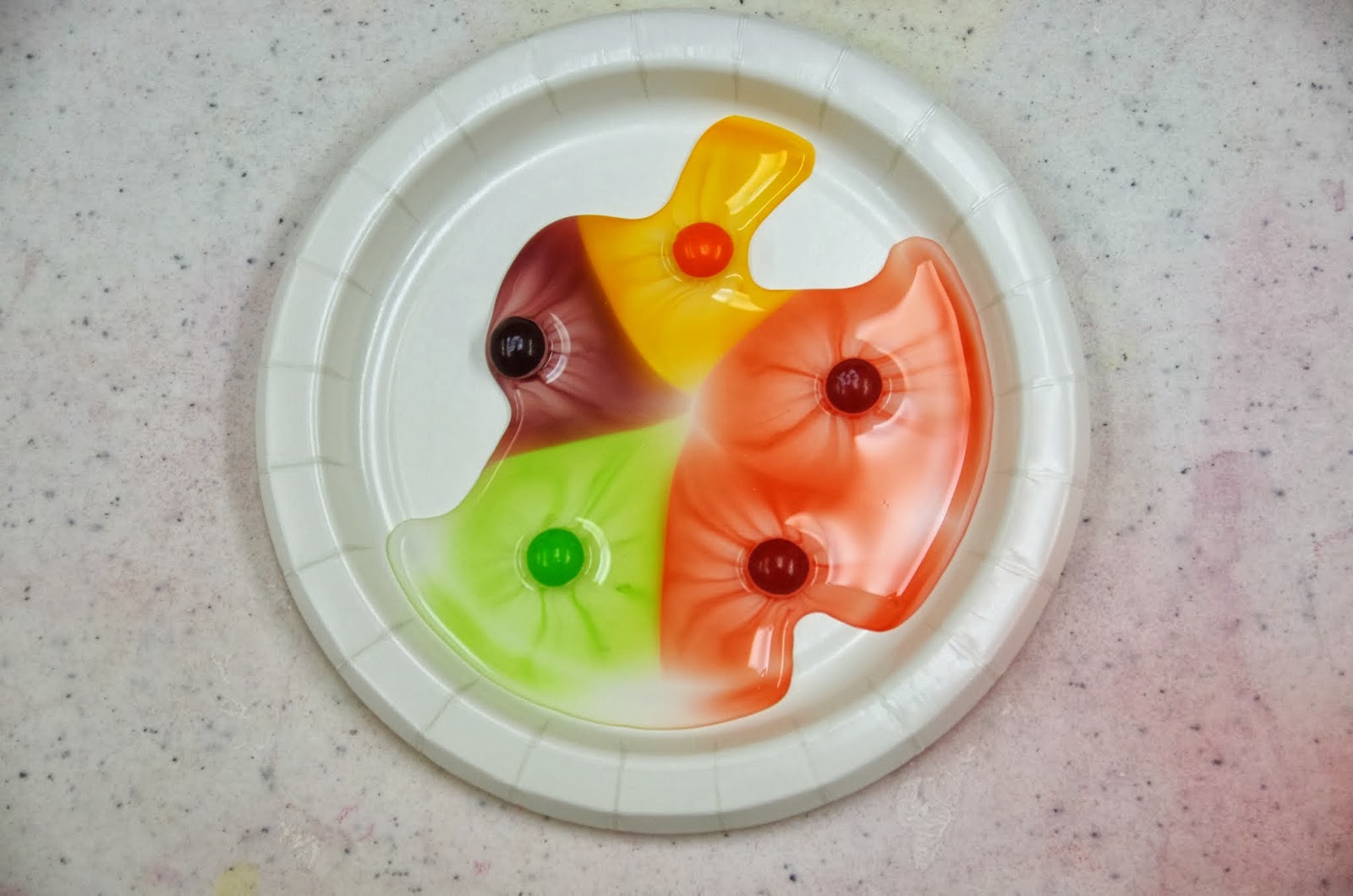Today's Topic: Color Mixing
Supplies:
play-dough in multiple colors
transparent color paddles
tops painted with primary colors
dancing scarves in a variety of colors
food coloring
water
droppers
egg cartons
black markers
coffee filters
Book:
What Kids Do:
Spin the top
(Yes, both of these are painted the same. Check out what happens to the colors when they spin!)
Smoosh play-dough colors together(or just flatten them with the color paddles)
See the world in a whole new light:
Combine two color paddles to see what color they make:
Combine ALL the color paddles to see what color they make:
Peek at scarves through the color paddles to see if they change:
Dance/fling/have a wild rumpus in the scarves:
Some lovely (free! printable!) examples of color wheel theory:
The most fun? Colored water + droppers + egg cartons.
Or ... maybe the most MOST fun was this candy experiment. Just place a few M&M's or Skittles on a paper plate and pour a little water in the middle of the plate, then sit back and watch the magic:
Check out those strong dividing lines between the colors! Whoa!
Although it might be more fun just to shake the plate and see what color you get:
These color paddles are totally an optional part of the class, but they were a big hit at ALL of the different stations.
Adult Challenge of the week: Ask your child to predict what they THINK will happen.
Hindsight Tip:
We tried to do a chromatography experiment, but it didn't really work:
I probably should have tried it before, BUT it was a great chance to talk about how in real science, the results aren't always predictable and how we can then think about what we could change to make it work better the next time. How about using rubbing alcohol instead of water? Paper towels instead of coffee filters? Different markers?

The water dropping experiment had the potential to be a giant mess, but it ended up being just fine. In the first class, I filled the droppers for the kids and handed them to them (so no kids had to maneuver around a cup full of colored liquid). The second class has less students in it and the level of liquid in the cups had gone down since the first class, so I just let them work the droppers themselves and they did totally fine. If I were to do it again, I'd either do it outside (so spills don't matter at all) or I'd give kids a Dixie cup with just enough liquid to mix, but not so much that a spill is a disaster. I was worried that someone might also then want to just pour the cups of water together (which would be a fun experiment, but over quickly), but the droppers were appealing enough to keep them occupied for the duration of the class.
Variations to try:
prisms! sprinkles + water sprayers! paint the color wheel!
this fun color wicking experiment!
Related Apps: Color Uncovered by the Exploratorium: This is a great interactive e-book to share together with the whole family. Lots of fun color-based optical illusions. It is somewhat text-heavy with no narration options, but there's a lot of fascinating information within this FREE and very well-designed app.





















No comments:
Post a Comment